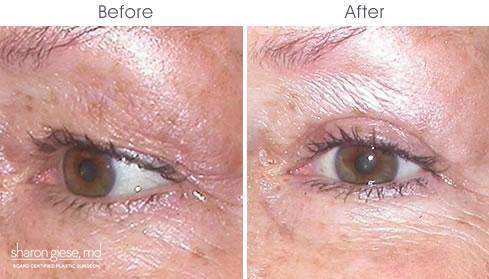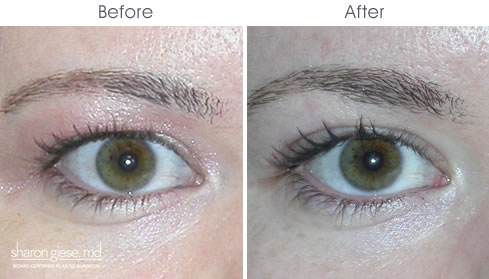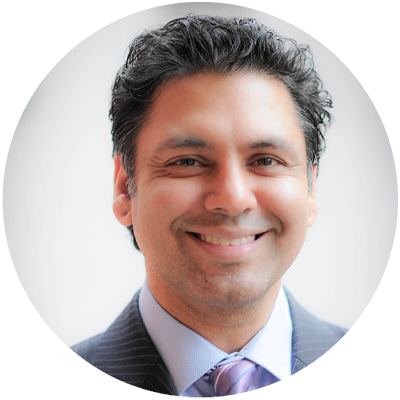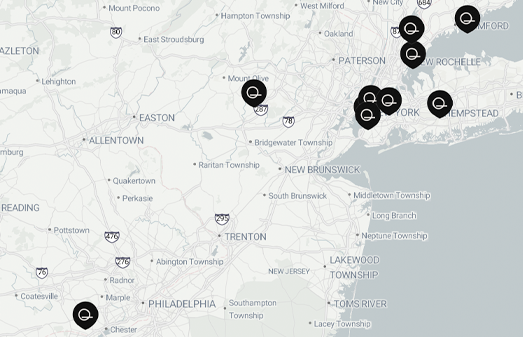BLEPHAROPLASTY | EYE LIFT (EYELID SURGERY)
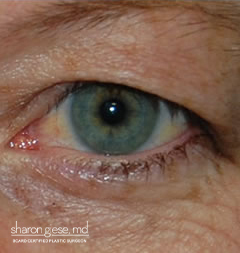
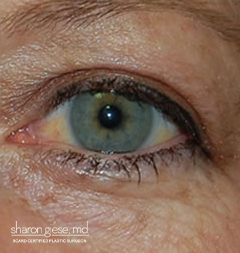
Dr. Amar Singh, MD
Dr. Amar Singh is a plastic surgeon with more than 20 years dedicated to cosmetic procedures and extensive academic knowledge from his fellowships in Oculo-Facial Plastic Surgery, Cosmetic Facial Plastic Surgery, and Liposuction surgery. Dr. Singh's commitment to academia sets him apart, as he has seamlessly integrated teaching residents and fellows into his practice, staying at the forefront of the latest developments in the field. Proficient in a comprehensive range of dermal fillers and neuromodulators, Dr. Singh's skill extends to various lasers, including CO2 for resurfacing and surgical cutting.
Dr. Qazi, MD, Board-Certified Surgeon
Dr. Sadaf Qazi is a cosmetic surgeon with expertise in facial and body procedures, including treatments with toxins and fillers, and anti-aging treatments such as Sculptra and Radiesse. Additionally, Dr. Qazi specializes in buttocks anti-aging procedures. Proficient in administering fillers, neurotoxins, and biostimulators, Dr. Qazi also specalizes in tummy tuck, breast augmentation, fat transfer (BBL), and blepharoplasty & liposuction.

WHY STUDIOMD
We have been leader in the field of cosmetic laser and medicine since 2008
And in those 14+ years, we have performed more than 100,000 treatments on all skin types with your safety as our top concern.
We are conveniently located in NY, NJ, and CT; currently with 9 locations and counting.
Easy Peasy!
Submit Form Below or Click to Book Online or Call (212) 219-1990
FREQUENTLY ASKED QUESTIONS
It is a procedure performed in the form of injections with fillers to soften dark circle depressions and perception of under the eyes bags. It is a procedure best suited for patients with mild-to-moderate skin laxity. The variety and amount of filler used will be specified by the doctor on an individual basis. The whole procedure takes under 20 minutes to complete and there is no downtime. It is performed with the application of anesthesia cream and is practically painless. Most patients can resume their normal activities right after their non-surgical eye lift.
● Traditional eyelift
Eyelid surgery (blepharoplasty) is usually reserved for more severe cases of eyelid sagging and can be performed on your upper eyelids, lower eyelids, or both. Based on a pre-operative evaluation of factors such as your underlying facial muscle structure, bone structure, and the symmetry of your eyebrows, your surgeon will decide how much skin, muscle, and/or fat to remove or reposition in the procedure. Surgery incisions and following self-dissolving stitches are foreseen. While there usually is little pain involved in this surgery, there can be swelling or bruising. It is an operation performed under anesthesia and requires a few days to recover and resume daily activities.
In the case of nonsurgical treatment, no recovery is necessary. Patients may experience mild swelling and bruise around the eyes, but these side effects tend to disappear within a few hours.
LOCATIONS & DIRECTIONS




